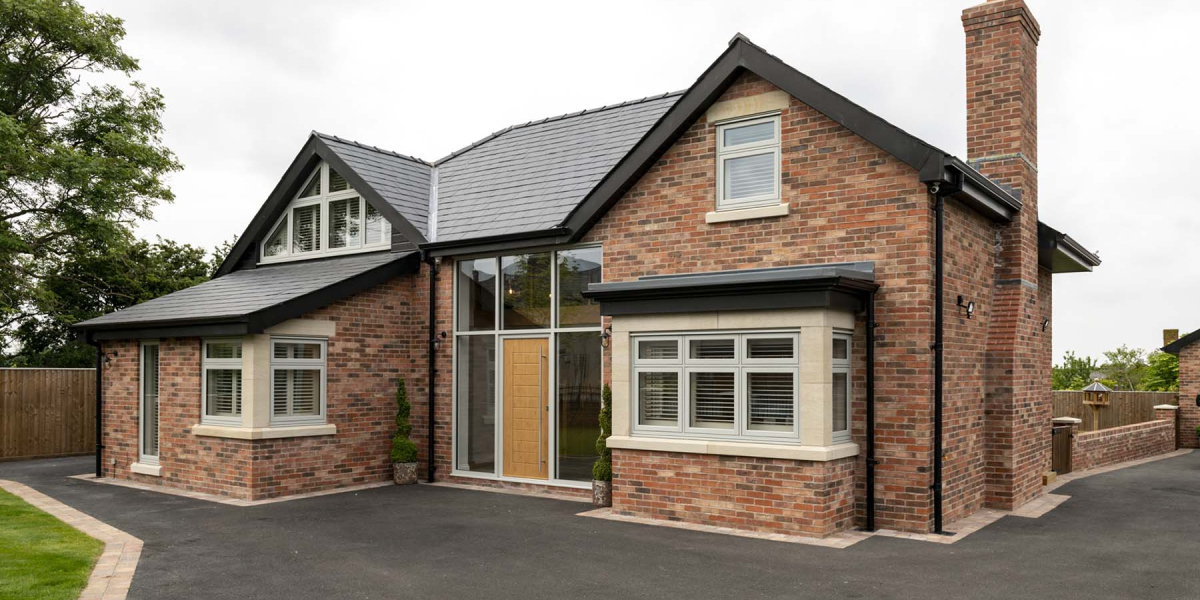The demand for stronger, lighter, and more efficient building materials has driven the construction industry to embrace innovative approaches that outperform traditional methods. Cold-formed light-gauge steel construction is one such innovation—transforming the way residential, commercial, and industrial buildings are designed and built. Known for its high strength-to-weight ratio, precision manufacturing, and adaptability, cold-formed steel offers architects, engineers, and builders a versatile alternative to conventional structural systems.
From multi-story buildings to prefabricated housing modules, these techniques provide remarkable advantages in speed, sustainability, and cost control. This guide dives deep into the processes, benefits, challenges, and practical applications of cold-formed light-gauge steel construction, equipping you with the insights needed to understand and evaluate this powerful building method.
1. Understanding Cold-Formed Light-Gauge Steel
Cold-formed light-gauge steel refers to thin sheets of steel—usually between 0.4 mm and 4 mm thick—that are shaped at room temperature through processes like roll forming or press braking. Unlike hot-rolled steel, which is shaped while molten, cold-forming gives the material a smooth finish, precise dimensions, and increased tensile strength.
Key characteristics include:
- Lightweight but strong – high load-bearing capacity despite reduced thickness.
- Precision-engineered – exact dimensions reduce site adjustments.
- Corrosion-resistant – often galvanized for long-term durability.
- Versatile – can be formed into studs, joists, trusses, and panels.
These properties make cold-formed steel an excellent choice for structural framing, curtain walls, partitions, and prefabricated modules.
2. Core Techniques in Cold-Formed Steel Construction
Cold-formed light-gauge steel can be applied in various construction systems. The techniques differ based on project requirements, load demands, and building design.
a) Roll Forming
Roll forming is the most common method, where steel coils pass through a sequence of rollers to gradually bend the material into the desired cross-section profile. It’s ideal for large-scale, consistent production of studs, tracks, and purlins.
b) Press Braking
Press braking uses a punch and die to bend steel sheets into custom shapes. This method is better suited for smaller runs, specialized angles, or custom structural elements.
c) Prefabricated Panel Systems
Steel members are cut, shaped, and assembled into wall or floor panels off-site. These panels are transported to the construction site for quick installation, reducing labor time and weather-related delays.
d) Modular Construction
Entire modules—complete with integrated cold-formed steel framing, insulation, electrical conduits, and finishes—are manufactured in controlled environments, then stacked and connected on-site.
3. Advantages of Cold-Formed Light-Gauge Steel Construction
1. Speed of Construction
Cold-formed steel members are manufactured to exact specifications, allowing for rapid on-site assembly without extensive cutting or modification.
2. Lightweight Yet Strong
Its high strength-to-weight ratio reduces foundation requirements, making it ideal for high-rise buildings or structures on challenging soil conditions.
3. Design Flexibility
Complex architectural designs can be achieved thanks to steel’s adaptability in forming varied shapes and spans.
4. Sustainability
Steel is 100% recyclable without losing strength, reducing the environmental impact of construction waste.
5. Fire & Pest Resistance
Unlike timber, steel is non-combustible and immune to termites or rot, resulting in lower long-term maintenance costs.
4. Challenges and Considerations
While cold-formed steel offers significant benefits, understanding its limitations ensures proper application.
- Thermal Conductivity – Steel transfers heat faster than wood, requiring additional insulation layers to meet energy efficiency standards.
- Initial Material Cost – Per unit, steel may be costlier than timber; however, lifecycle savings often offset this.
- Sound Transmission – Without proper insulation, steel framing can transmit noise more readily.
- Specialized Labor Needs – Workers require training for steel framing assembly, cutting, and fastening.
5. Applications of Cold-Formed Light-Gauge Steel
Cold-formed steel is used in:
- Residential construction – wall studs, roof trusses, floor joists.
- Commercial buildings – office partitions, load-bearing walls, mezzanines.
- Industrial facilities – warehouses, cold storage units.
- Infrastructure projects – bridges, railway stations.
- Modular housing – prefabricated modules for rapid deployment.
6. Comparison: Cold-Formed vs Hot-Rolled Steel in Construction
Feature / Aspect | Cold-Formed Light-Gauge Steel | Hot-Rolled Steel |
Manufacturing Process | Shaped at room temperature using roll forming or pressing | Shaped at high temperatures when molten |
Thickness Range | 0.4 mm – 4 mm | 6 mm and above |
Strength | High strength-to-weight ratio | Very high overall strength |
Dimensional Precision | Very precise, smooth finish | Less precise due to cooling shrinkage |
Applications | Framing, partitions, panels, light structures | Beams, columns, heavy load structures |
Cost | Lower transport and handling cost; material may be higher per unit | Higher material weight increases cost |
Construction Speed | Faster on-site assembly | Slower assembly, heavier lifting equipment needed |
Analysis:
Cold-formed steel stands out when the project demands precision, lightweight assembly, and faster construction timelines. While hot-rolled steel remains unmatched for heavy structural loads, cold-formed steel provides cost efficiency in transportation, reduced labor time, and improved sustainability for light to medium structural applications. For multi-story buildings, modular housing, and interior framing, cold-formed steel is often the better choice.
7. Practical Tips for Choosing Cold-Formed Steel Solutions
- Assess Load Requirements – Determine if your project involves light, medium, or heavy loads to ensure cold-formed steel is appropriate.
- Work with Experienced Suppliers – Partner with manufacturers specializing in cold-formed steel for guaranteed precision and quality.
- Incorporate Proper Insulation – Plan for thermal breaks and acoustic insulation to enhance comfort and energy performance.
- Plan for Prefabrication – Off-site assembly can dramatically shorten project timelines.
- Evaluate Lifecycle Costs – Consider maintenance savings and recyclability, not just initial material expenses.
8. Frequently Asked Questions (FAQ)
Q1: What is the main difference between cold-formed and hot-rolled steel?
Cold-formed steel is shaped at room temperature, resulting in lighter, more precise components ideal for light to medium loads. Hot-rolled steel is formed while molten, suitable for heavy structural applications.
Q2: Is cold-formed light-gauge steel suitable for multi-story buildings?
Yes, especially for low- to mid-rise structures. It provides excellent strength, stability, and fire resistance while reducing structural weight.
Q3: How long does cold-formed steel last?
When properly galvanized and maintained, it can last over 50 years without significant degradation.
Q4: Does cold-formed steel rust?
Galvanized coatings significantly reduce corrosion risk. In harsh coastal environments, additional protective treatments may be applied.
Q5: Can cold-formed steel be used in earthquake-prone areas?
Yes. Its light weight reduces seismic load, and its flexibility allows for better energy absorption during seismic events.
Conclusion
Cold-formed light-gauge steel construction techniques are reshaping modern building practices with their precision, adaptability, and sustainability. By offering a lighter yet strong alternative to traditional materials, they allow for faster construction, reduced environmental impact, and long-lasting performance.
Whether you’re building a residential complex, a commercial facility, or modular housing units, cold-formed steel delivers the balance of strength, speed, and efficiency that today’s projects demand. Now is the time to explore these techniques and integrate them into your next build—delivering high-quality structures that stand the test of time.

















